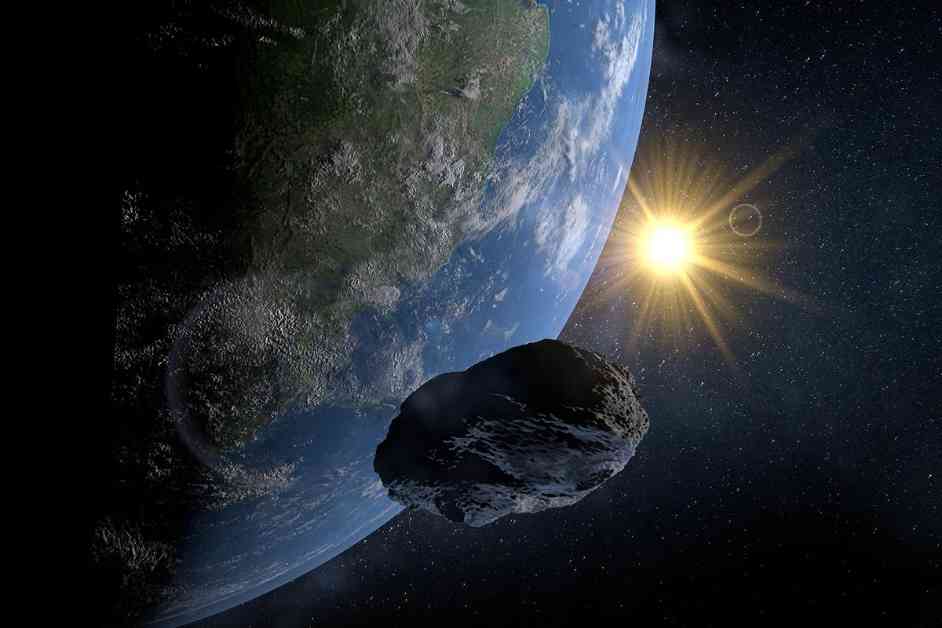In the world of astronomy, the recent buzz revolves around an asteroid dubbed 2024 YR4, which has been causing quite a stir among space scientists due to its increasing risk of impacting Earth. Initially discovered in December and projected to have a 3.1 percent chance of colliding with our planet in 2032, this “city killer” asteroid has raised concerns about potential catastrophic consequences if it were to strike. However, despite the alarming statistics, experts urge the public not to panic just yet.
Discovery and Escalating Risk
The story of asteroid 2024 YR4 began with its detection by a specialized telescope in Chile on December 27. Although it didn’t attract much attention initially, subsequent analysis revealed a troubling possibility – a greater than 1 percent chance of a collision with Earth on December 22, 2032. Spanning a risk corridor from the eastern Pacific Ocean to South Asia, this potential impact area includes densely populated regions such as Bogotá, Colombia, Lagos, Nigeria, and Mumbai, India, raising red flags among astronomers and the general public alike.
As the news of 2024 YR4’s escalating risk spread, astronomers like Davide Farnocchia from NASA’s Jet Propulsion Laboratory (JPL) emphasized the unprecedented nature of this threat. With a 3.1 percent chance of impact, this asteroid poses the highest risk ever seen for an object of its size, prompting concerns about the potential devastation it could unleash on any city unlucky enough to be in its path.
Uncertainties and Ongoing Monitoring
Despite the alarming figures, scientists stress that the evolving risk assessment for 2024 YR4 is a reflection of the limited data available rather than a definitive prediction of catastrophe. The asteroid’s orbit is currently being monitored by multiple observatories, with upcoming observations planned using NASA’s James Webb Space Telescope to refine estimates of its size and trajectory. These efforts aim to provide a clearer picture of the asteroid’s path and the likelihood of an impact in 2032.
Detlef Koschny, a planetary scientist involved in global asteroid threat coordination, reassures the public that while the risk assessment may fluctuate, there is no immediate cause for alarm. Drawing an analogy to a bullet fired down a shooting range, he explains that as uncertainty decreases, the probability of impact may increase, but this does not necessarily mean a collision is imminent. By closely monitoring 2024 YR4’s trajectory, astronomers hope to gain a better understanding of the potential threat it poses to Earth.
As the debate over 2024 YR4’s impact risk continues, the possibility of implementing preventive measures for 2032 remains on the horizon. From evacuations in high-risk areas to potential space missions aimed at diverting or destroying the asteroid, discussions about mitigating the threat are already underway. However, with ongoing observations likely to provide more clarity on the situation, experts believe it is premature to make definitive plans for dealing with 2024 YR4 at this stage.
In the ever-changing landscape of space exploration, the story of asteroid 2024 YR4 serves as a reminder of the delicate balance between scientific uncertainty and public perception. While the asteroid’s increasing risk of impact has captured headlines and sparked discussions about planetary defense strategies, the ultimate outcome remains shrouded in uncertainty. As astronomers continue to monitor 2024 YR4’s trajectory and gather more data, one thing is certain – the cosmic dance between Earth and its celestial neighbors is a complex and unpredictable phenomenon that never fails to capture the imagination of stargazers and scientists alike.










